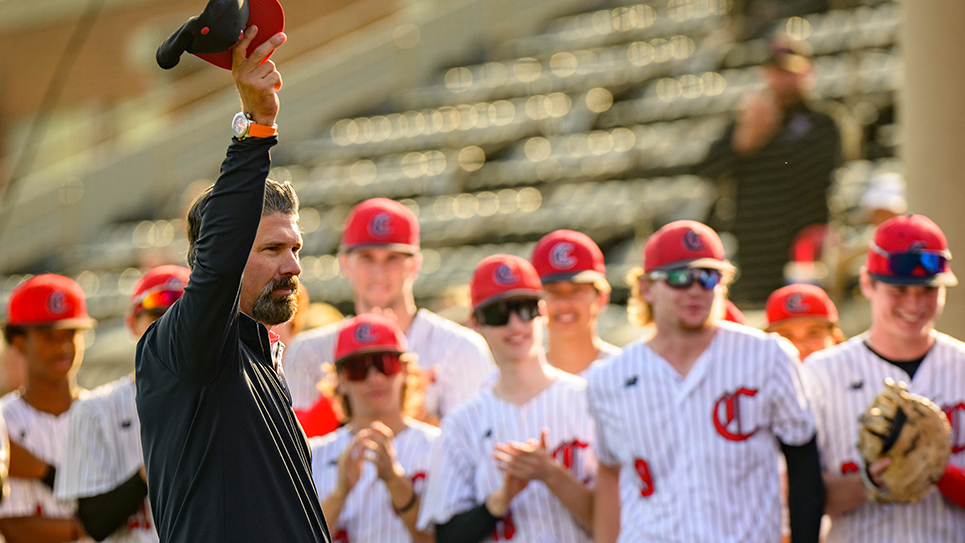It has been two decades since the first public charter school opened in Minnesota, conceived as a laboratory where innovations could be tested before being introduced into public schools.
Now, 42 states encourage charters as an alternative to conventional schools, and enrollment has been growing, particularly in cities. In the District of Columbia, 44% of the city’s students attend charter schools. The New Orleans Recovery School District is now 100% charter.
This is another component of the Race to the Top (RTTT) program: to privatize “failing” public schools and increase the number of charter schools.
Charters are the darlings of the education reform movement. They appeal to the All-American idea of “choice,” with PR campaigns funded by the Walton Foundation, Bill and Melinda Gates Foundation, and other pro-reform philanthropies. These organizations have given millions to the Chamber of Commerce, the PTA, and politicians to push charter schools.
The education reformers are capitalizing on a narrative based on “failing schools” and “bad teachers” and the idea that school choice, especially charter schools, will ensure that a child is prepared for “college and career.”
By next fall, New Orleans’ Recovery School District will be made up completely of public charter schools, a “grand experiment in urban education for the nation.”
Many other large urban cities are moving in that direction. Even in Tennessee.
According to the Tennessee Charter School Center, in 2013-14 there were 48 charter schools in Memphis, 18 in Nashville, and three in Chattanooga. The Knox County School Board just approved its first charter application in May.
Memphis is now one of the top 50 school districts in the nation for Charter School enrollment.
Many people think charter schools are the magic bullet that will transform our underperforming schools, particularly in urban districts, into miracles of achievement and success. But Diane Ravitch, historian of education and Research Professor of Education at NYU, disagrees.
Writing in the LA Times, Ravitch says, “Charters will not end the poverty at the root of low academic performance or transform our nation’s schools into a high-performing system. The world’s top-performing systems – Finland and Korea, for example – do not have charter schools. They have strong public school programs with well-prepared, experienced teachers and administrators.”
Ravitch, who served as Assistant Secretary of Education under then Secretary of Education Lamar Alexander from 1991 to 1993, adds, “The original purpose of charters, when they first opened in the 90s, was to collaborate with public schools, not to compete with them or undermine them.”
“They were supposed to recruit the weakest students, the dropouts, and identify methods to help public schools do a better job with those who had lost interest in schooling. This should be their goal now as well.”
High stakes testing has robbed the charter school of its original mission, which was to give a second chance to the most at risk children by offering them a safe environment, low student teacher ratios, extended school days, and other supports.
Instead, Charters are highly competitive, often profit-driven elite academies which covertly or overtly cherry pick the very best and brightest students.
Here are five issues the public – and our legislators – need to consider before embracing the charter school model of school reform:
Unimpressive academic results. Even critics of charters admit that high performing charter schools with impressive improvements in student proficiency do exist.
But the 2013 National Charter School Study conducted by the Center for Research on Educational Outcomes (CREDO) found that in reading, 56% of students in charters show no significant difference; 25% do significantly better; and 19% do significantly worse than their counterparts in public school.
The CREDO study also examined math proficiency, finding that 40% of students in charters show no significant difference; 29% do significantly better, while 31% do significantly worse than their counterparts in public school.
In summary, nationally 71 to 75% of charters perform the same of worse than public schools. One has to question the efficacy of the charter school based on these findings.
Governance by private boards. Public Schools are run by publicly elected school boards. They answer to the parents and community members of the school district. Charter schools, funded with public tax dollars, are governed by privately appointed boards. The private board directs all aspects of the charter school, from hiring of teachers, to selection of curriculum, to budget, to school day schedule. Parents and the community have no voice.
In a recent interview with Rethinking Schools, New Orleans parent and public education advocate Karran Harper Royal said, “Having an elected school board created ways for the public to participate… It was much different from the dictatorial charter school environment.”
Reduced funding to existing public schools. Many districts are struggling to remain financially viable in times of shrinking state aid. The growing charter school movement further reduces funds available to the public school system. Charter schools drain money from public schools, and the costs cannot be reduced simply because some students have left.
Metro Nashville schools incurred an additional $9M in costs due to recently opened charter schools, and have not seen their fixed costs reduced one penny. Districts would be better served by partnering with the non-profit organization wishing to open a Charter School to instead work within the existing public school infrastructure
Loss of neighborhood schools. Closing a neighborhood public school displaces the children in the neighborhood, who now must transfer to an adjacent community school, or compete by lottery for a spot in a charter school. In New Orleans, ,the creation of the country’s first all-charter school system severed ties to a community institution, the neighborhood school, and amplified concerns about racial equality and loss of parental control.
Admissions. As public schools, Charters are required by law to take on any and all students who apply. Charters often accomplish this by a lottery system. But there are subtle ways that Charters can mold their student population to make it appear that they are doing better than public schools. Some of these might include:
Applications emphasizing “college preparatory” and referring to students as “scholars;” marketing brochures written only in English to discourage ELL families from applying; requiring parent participation and volunteer activities; harsh discipline policies that result in suspension or expulsion; or offering fewer special education services to meet the needs of students with disabilities.
The 2013 Tennessee Charter Schools Annual Report shows a distinctly lower percentage of students who are characterized as special education or English language learners enrolled in Charter Schools in the state. This report also shows that Charters are even more segregated than the overall districts they serve.
Karran Harper Royal was asked if she agreed with the claims of the reform movement that they were operating on behalf of disenfranchised communities.
She replied, “If you come in and impose what you think is a solution on me but you don’t have the history and the background to actually craft a real solution, then you may be doing harm. If you don’t have the respect to engage the people you’re trying to help before you come up with a solution, that’s colonialism, that’s not reform.”
She adds, “These schools are often set up by people who spent three years or less in the classroom, who don’t have degrees in education, who don’t have any background in child development. These are people who might have a degree in business. They’re treating schools as a business and they’re treating children as widgets.”






